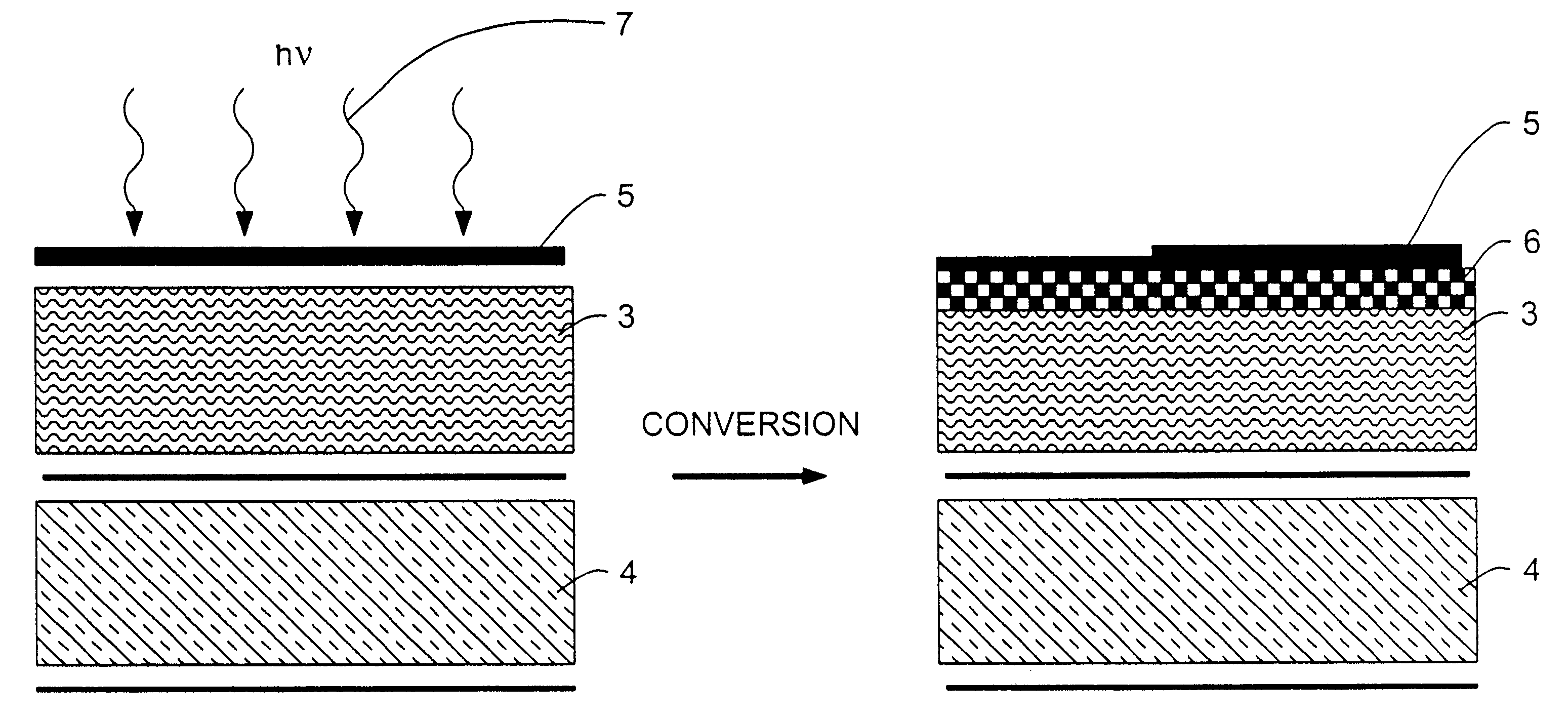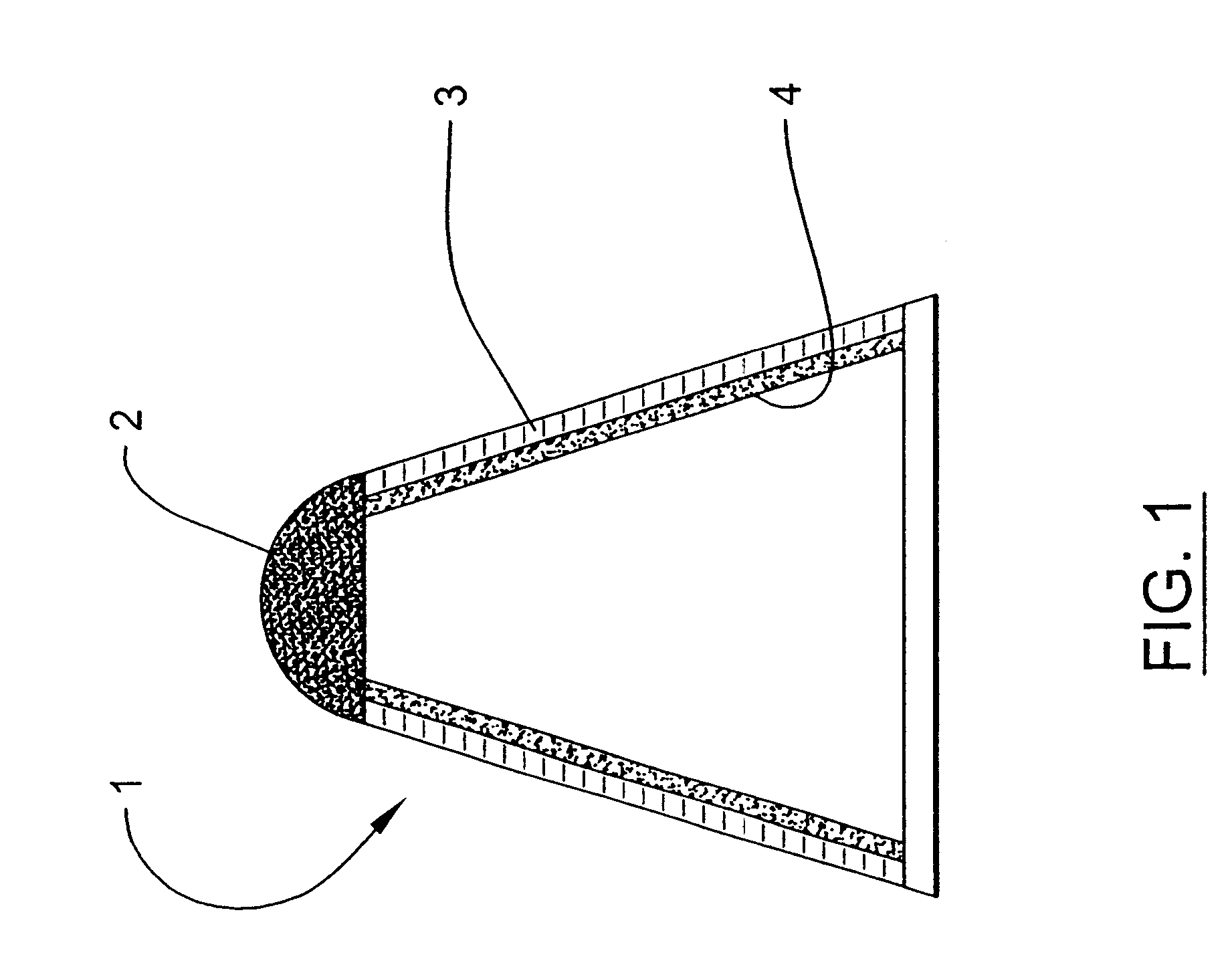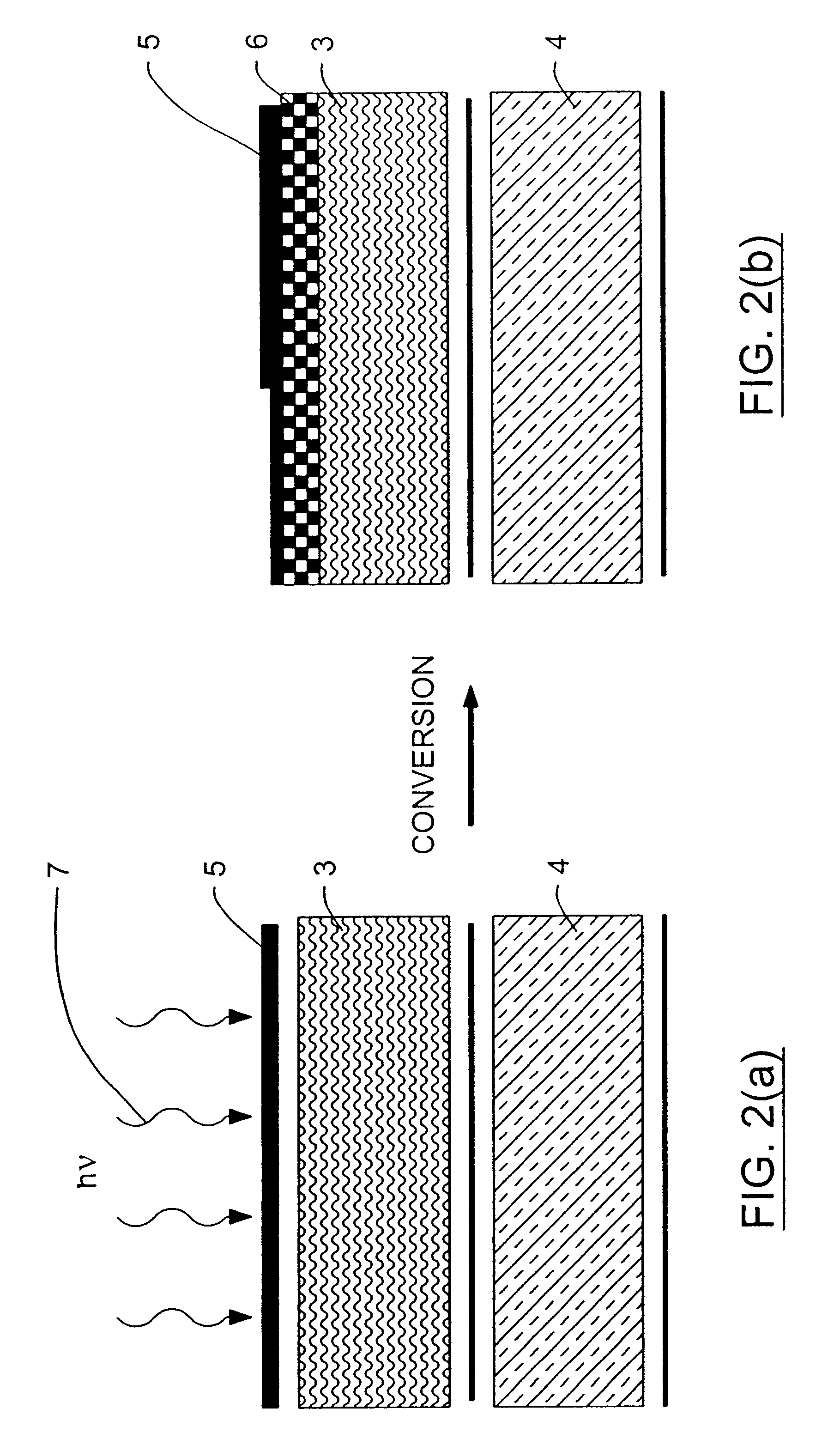Method for obtaining reduced thermal flux in silicone resin composites
a technology of silicone resin and thermal flux, which is applied in the direction of transportation and packaging, coatings, weapons, etc., can solve the problems of general thermal instability, degrade and decompose, and organic polymeric materials, and achieve the effects of preventing thermal decomposition, improving thermal barrier properties in materials, and increasing porosity
- Summary
- Abstract
- Description
- Claims
- Application Information
AI Technical Summary
Benefits of technology
Problems solved by technology
Method used
Image
Examples
Embodiment Construction
1. The Method in General
The method comprises three principal steps. First, a layer of a silicone resin composite material is applied onto a surface to be protected from thermal degradation. Any protected surface will experience the reduction in the thermal flux, but, as mentioned above and subsequently discussed further, such protection is especially important for organic polymeric materials, an overwhelming majority of which are relatively thermally unstable.
Next, the surface of the silicone resin composite is coated with a layer of a highly optically absorptive material. This step is very important and is necessary when a quartz-lamp heat treatment (or other methods of heating using light radiation) is subsequently used because, without it, the method would not be viable due to poor light absorption characteristics of the silicone resin-based composites.
Finally, the coated surface of the silicone resin is subjected to heat treatment. Any type of heat treatment capable of producing...
PUM
| Property | Measurement | Unit |
|---|---|---|
| temperature | aaaaa | aaaaa |
| thickness | aaaaa | aaaaa |
| thickness | aaaaa | aaaaa |
Abstract
Description
Claims
Application Information
 Login to View More
Login to View More - R&D
- Intellectual Property
- Life Sciences
- Materials
- Tech Scout
- Unparalleled Data Quality
- Higher Quality Content
- 60% Fewer Hallucinations
Browse by: Latest US Patents, China's latest patents, Technical Efficacy Thesaurus, Application Domain, Technology Topic, Popular Technical Reports.
© 2025 PatSnap. All rights reserved.Legal|Privacy policy|Modern Slavery Act Transparency Statement|Sitemap|About US| Contact US: help@patsnap.com



